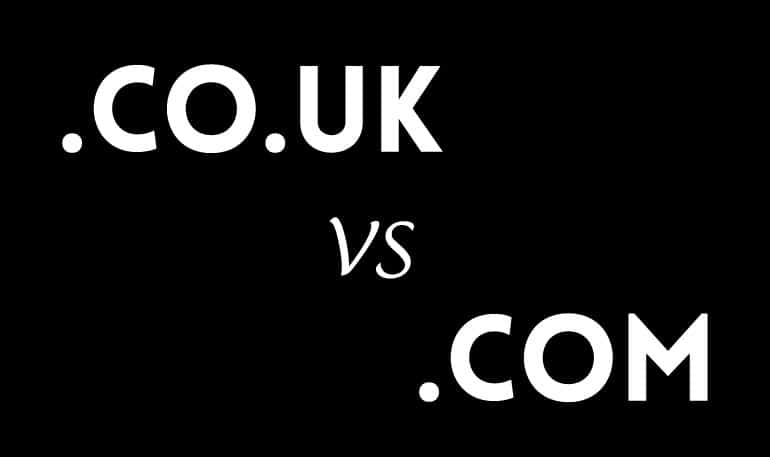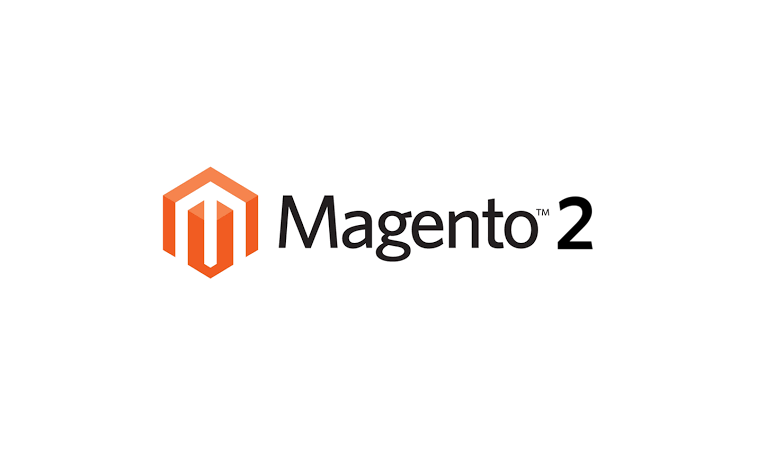You’re just about ready to launch your shiny brand new ecommerce site, your products are in order, you’ve sorted out your courier rates and your payment gateway is confirmed – but what domain are you going to use? With 81.17m .com domains registered in 2009, a .com is surely the TLD (top level domain) of choice, but is having a global TDL too broad to entice local customers?
Your target audience and market
Two ecommerce sites recently released by Measured Designs, Jones & Cane Packaging (Norfolk) and Mad Dogs & Englishmen (Essex), use .co.uk domain names. They don’t ship internationally, so a UK focus acts as a deterrent for overseas visitors whilst hopefully encouraging UK based shoppers. What if their shipping policy changed?
Both companies also own their .com domains, which is something I’d always encourage, for brand protection and so they could always setup a more globally (US) focused .com further down the line. Having two distinct sites may also not be too bad a thing. As it allows for currency and tax differences, language alterations; ZIP instead of Postcode, Cart instead of Basket and products descriptions and site imagery could be more in tune with their US or UK audience. A $5 off voucher is of little appeal to a UK shopper.
Localisation is key
Over the past few years there has been a refocus on supporting local businesses, produce and products. Whilst going local may not always mean you get the cheapest deal, local purports to provide better service and greater trust in the vendor. Having a .uk company domain name also removes some of the negativity associated with big .com conglomerates.
Shipping
Customers hate surprises at checkout, added taxes, additional delivery charges or worst still that you reside out of their shipping range. Having a localised domain warns off non UK visitors, ideal if your audience is not international.
Costs
Localised domains are cheaper than a .com (commercial). However securing both the .com and co.uk should be the minimum requirements to securing an online brand identity.
SEO
AOL and Yahoo only show .uk extensions when users select “pages from the UK” to filter searches.
Usage
Big UK consumer based sites such as which.co.uk and the BBC use .co.uk. Although the BBC has its World Service broadcasts I imagine most of its video content is available only within the UK due to broadcasting rights.
So why do some UK businesses prefer .com?
Lots of UK based companies, especially in the personal comparison field, have opted to use .com; confused.com, moneysupermarket.com, comparethemarket.com
A .com is the most popular TLD and although standing for commercial, is America’s domain of choice. It has global connotations and is more though after and professional than its .net and .biz counterparts. A .com domain is often used by companies thinking big, wishing to establish or maintain a worldwide brand. UK sites using a .com can use Google Webmaster Tools to specify that their audience is primarily UK based. Although this doesn’t alter Yahoo! and AOL UK searches, Google is still has the largest market share by some way.
.coms have a snapper ring to them and are often used by funky named start-ups.
Large US sites often use a subdomain or mysite.com/uk, so that traffic is still primarily driven towards the .com.
So what TLD is right for your web business?
I think you should look at the target audience and scope of your site. It is always possible to switch main TLDs if your market becomes global, incurring the obvious branding costs that renaming brings. So I guess you have to think about what best attracts and reassures your audience in the meantime.
| Domains by number registered in 2009 | |
|---|---|
| .com | 81.17m |
| .de | 13m |
| .cn | 12.54m |
| .net | 12.33m |
| .uk | 7.7m |







